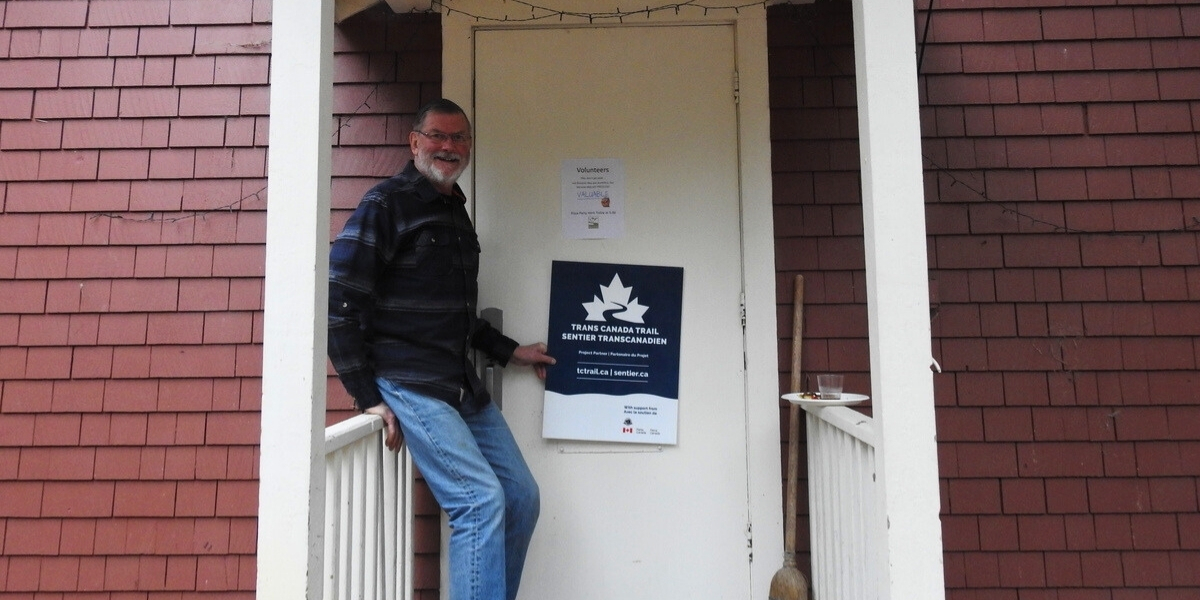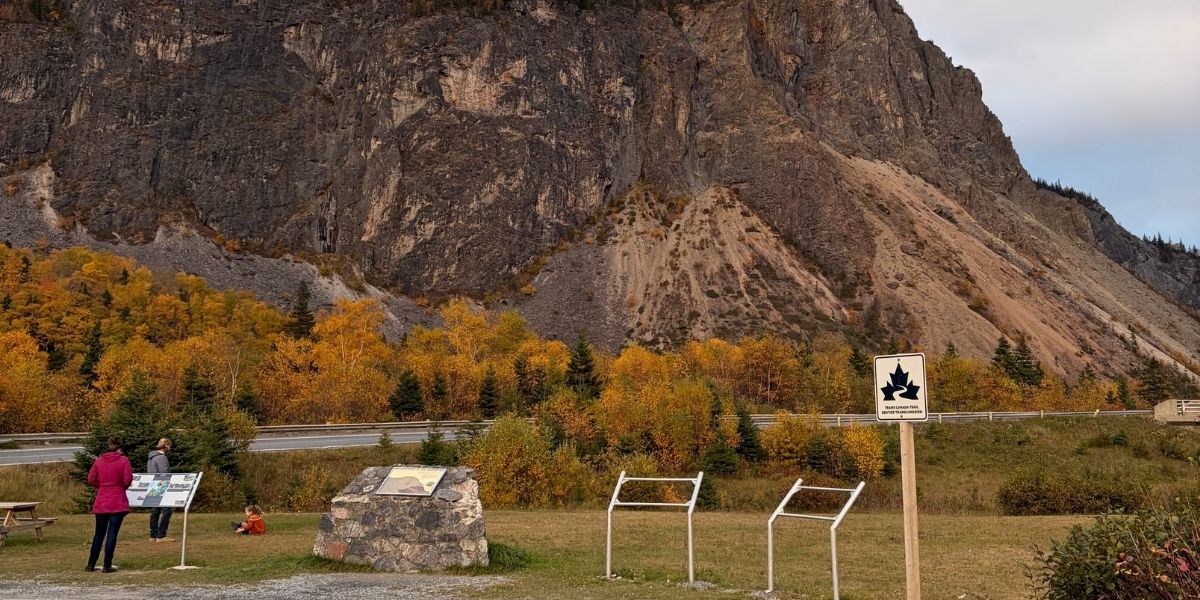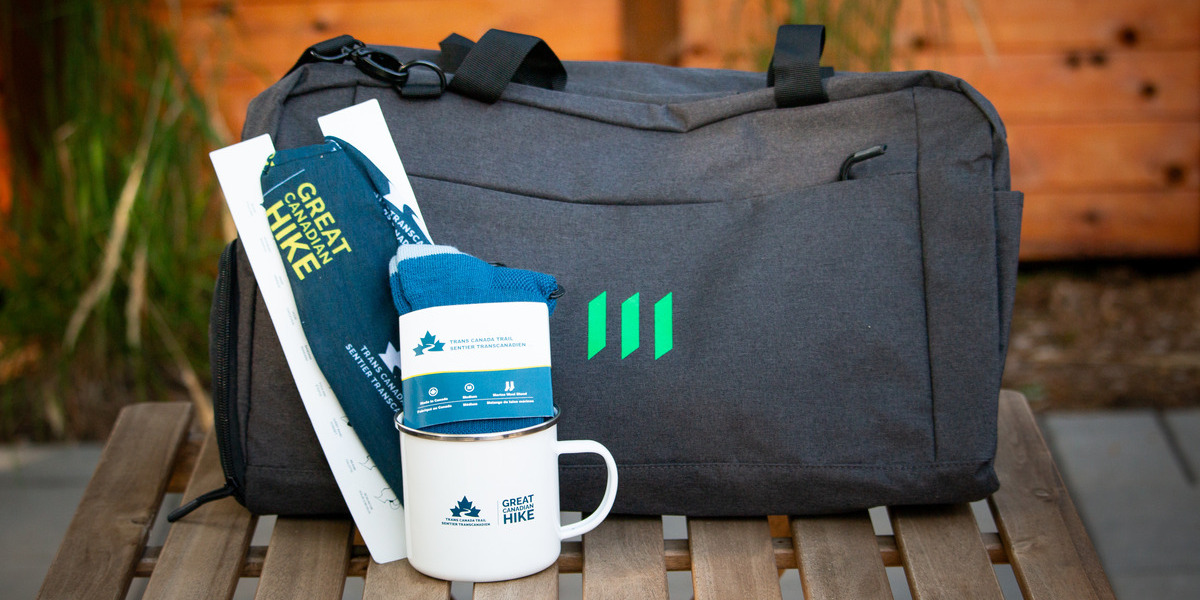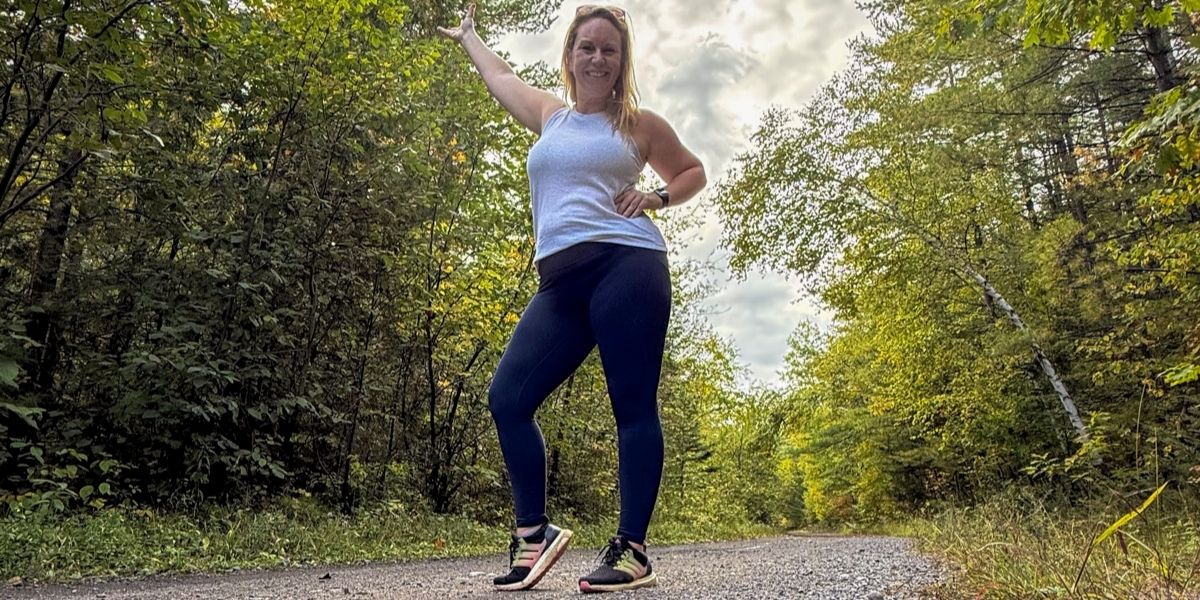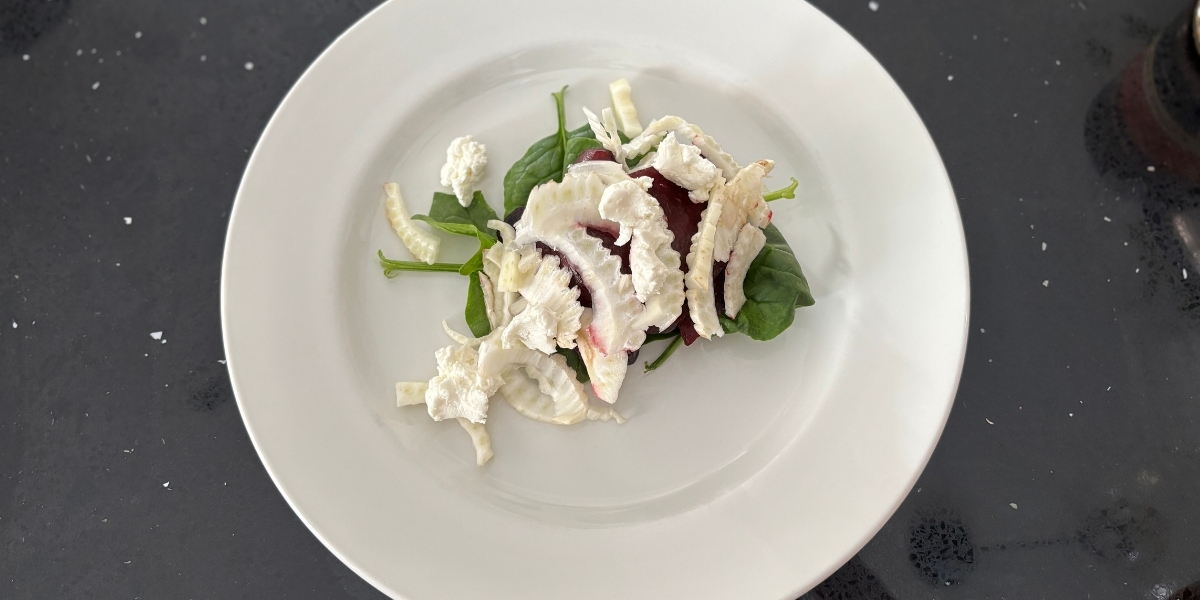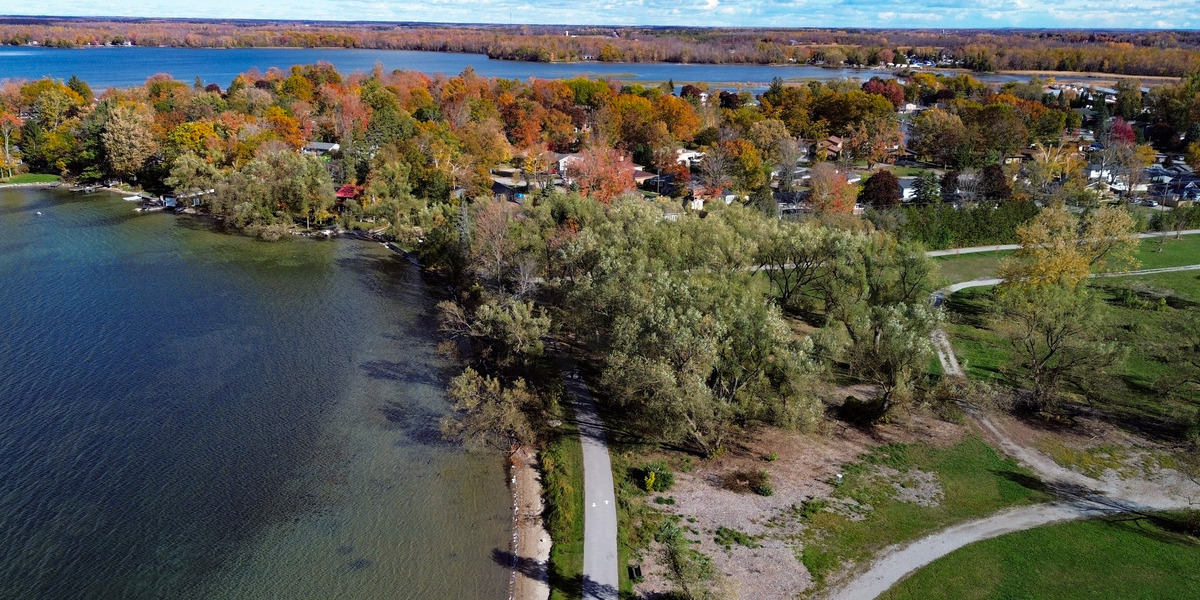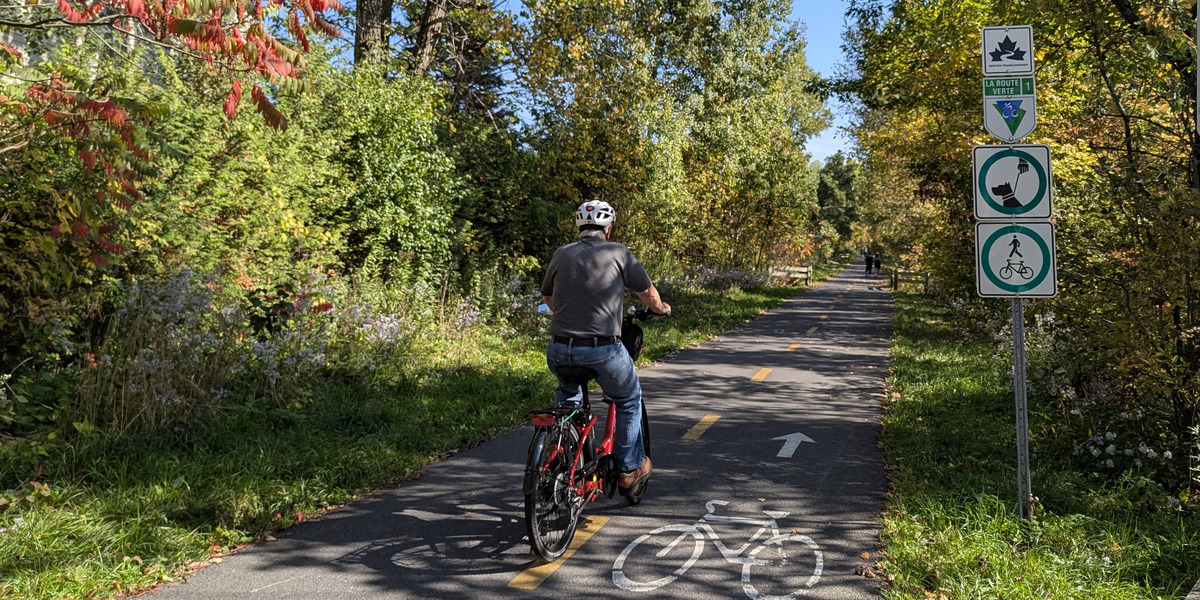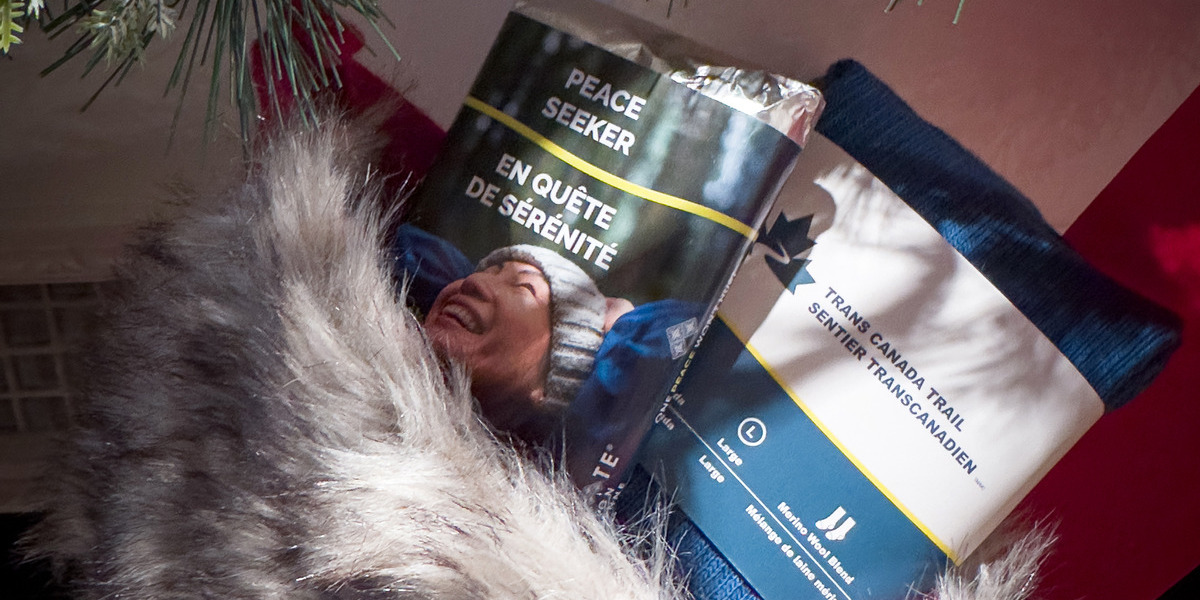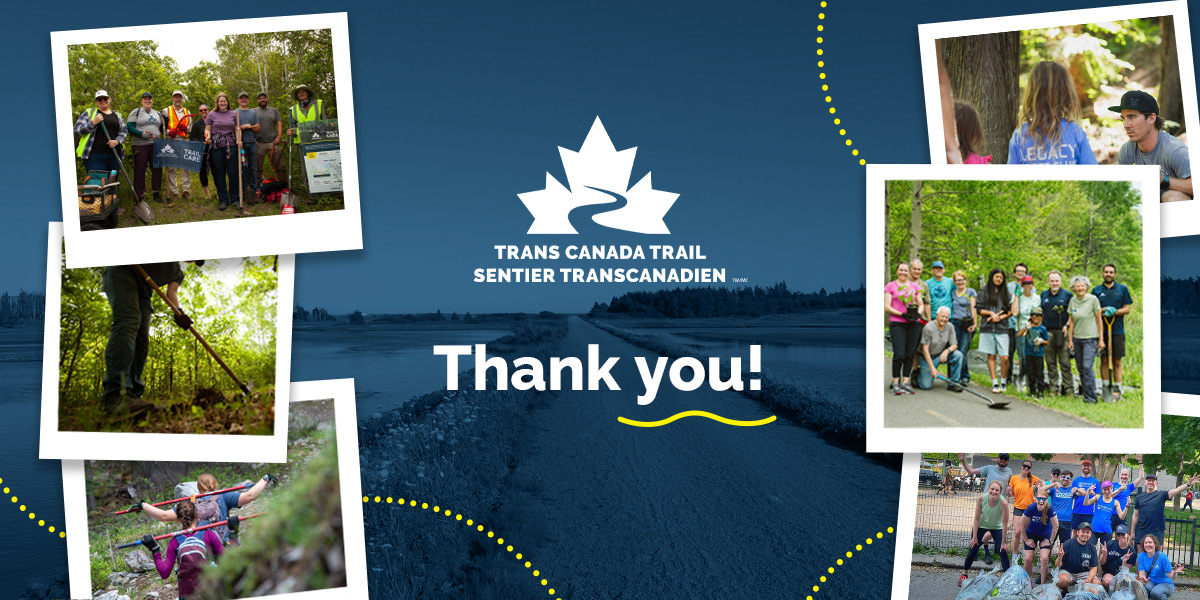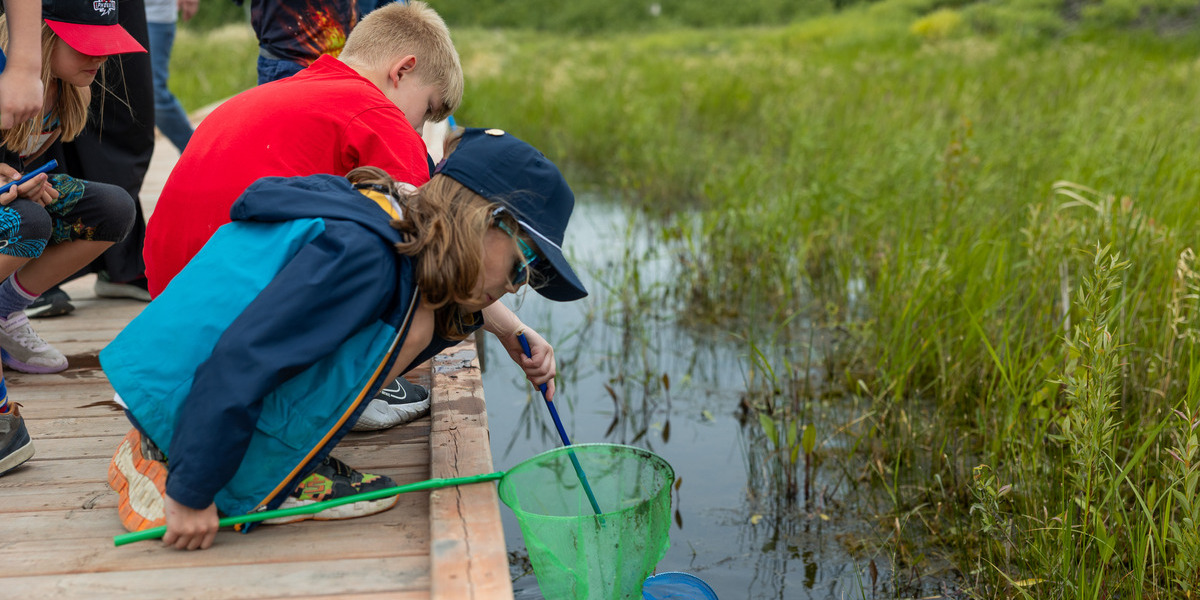Jacqueline’s Trans Canada Trail: Hiking in Newfoundland on the East Coast Trail
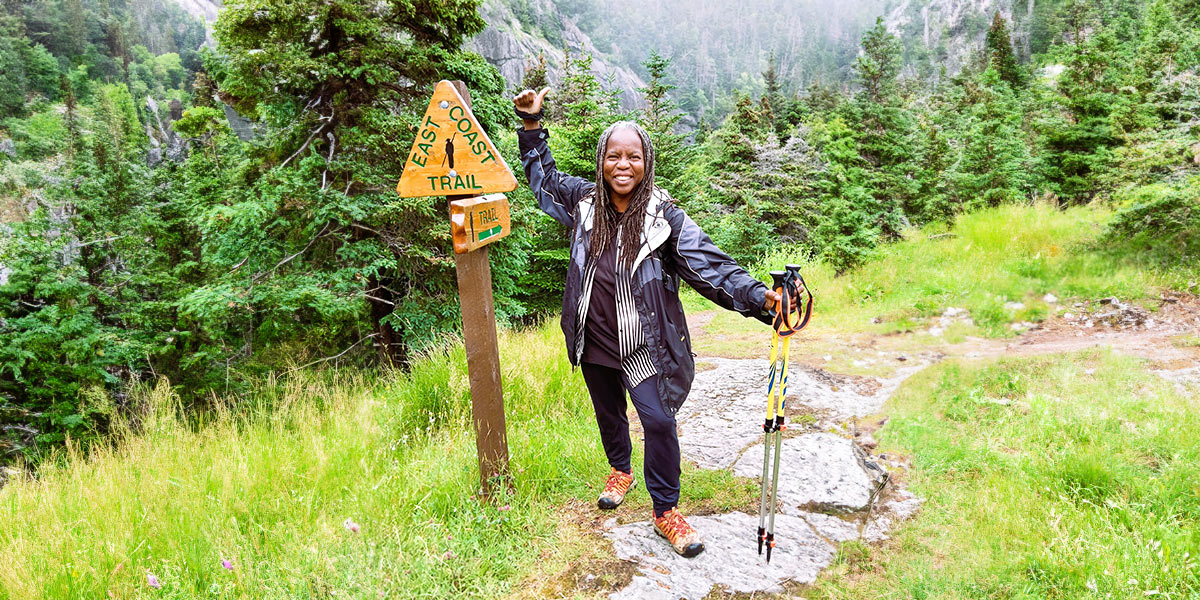
Written by Jacqueline L. Scott
The scent of pine trees drifted in the air as we hiked along the ridge. Scrambling over rocks, up and down slopes, and stepping over boggy bits was bliss — if you like wilderness adventure.
We were on the East Coast Trail, the most eastern section of the Trans Canada Trail — 336 kilometres of rugged paths that skirt the eastern coast of Newfoundland. There are 25 trail sections that vary from easy to moderate to strenuous. Based in cabins in Tors Cove — on a week’s hiking summer vacation — we followed the paths around Bay Bulls, Witless Bay and St. John’s, over a jagged landscape crumpled by time and geology. Seawater etched it into coves, caves and cliffs. As we hiked on the ridge, we had spectacular views of the sea playing with the land. Hamlets and fishing boats snuggled into coves, protected from the power of the mighty Atlantic Ocean.
The sea is the source of food and stories
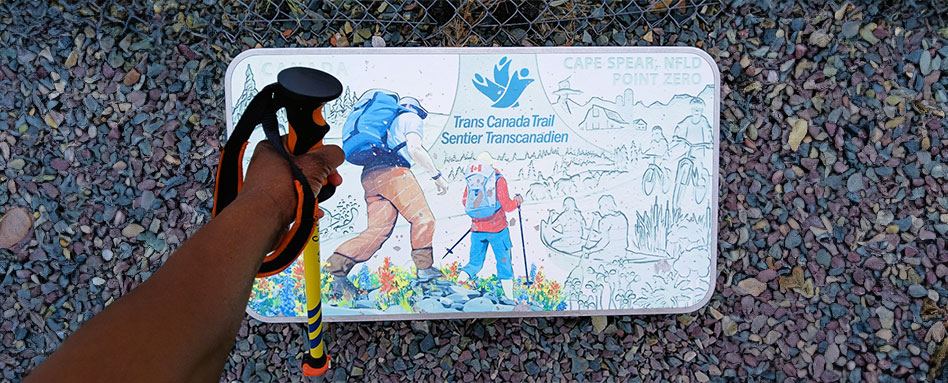
Plaque to Point Zero East starting point of the Trans Canada Trail in Cape Spear, Newfoundland
In this rugged land, the sea is the source of food and stories. Indigenous nations of the region still fish for shrimp and lobster in the rich and cold waters. As they have done for millennia.
A boat was essential for fishing and transport. For hundreds of years, settlers in Newfoundland caught cod. Dried, salted and packed into barrels, the cod was shipped to the Caribbean as cheap food for the enslaved. The tight trade links between the islands shaped both food cultures. Saltfish is still a staple of the Caribbean diet. Screech is Newfoundland’s favourite drink, and it is made from Caribbean rum. One day we had pancakes and sausages for breakfast. The traditional Newfoundland syrup was made from Caribbean molasses.
Nature has its limits. In 1992 commercial fishing stopped to give the cod a chance to recover. We don’t want the cod to go the same way as the Labrador Duck. Extinction. The duck was last seen in 1875. The cod moratorium was partially lifted in 2024.
A dream-like landscape
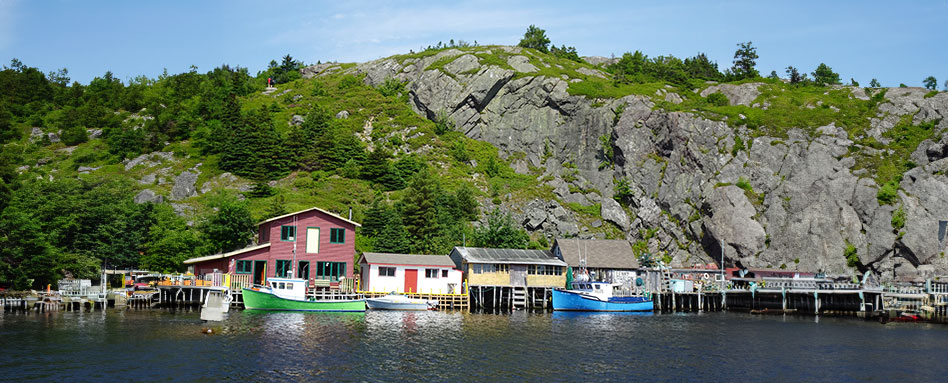
Fishing hamlet along the East Coast Trail in Newfoundland
The fog rolled in as we hiked. Visibility dropped to about five metres. The chilling vapour was like a soft white cotton curtain. It fluttered in a dream-like landscape of sharp outlines of trees and cliffs, backlit by the sun, and fading in and out of view as the wind and fog cavorted. Waves splashing on the rocks sounded like drumbeats as we hiked.
We took a day off from hiking for a wildlife boat tour around the Witless Bay Ecological Reserve. Whales waved their tails in the air as they took a deep dive to the bottom of the sea. But it was the Atlantic Puffins that captivated me. These small black and white birds, with bright orange beak and feet, were as cute as a cartoon character. I added them to my life-list of birds seen, including the murre, guillemot and northern gannet.
Keeping the ocean to our right
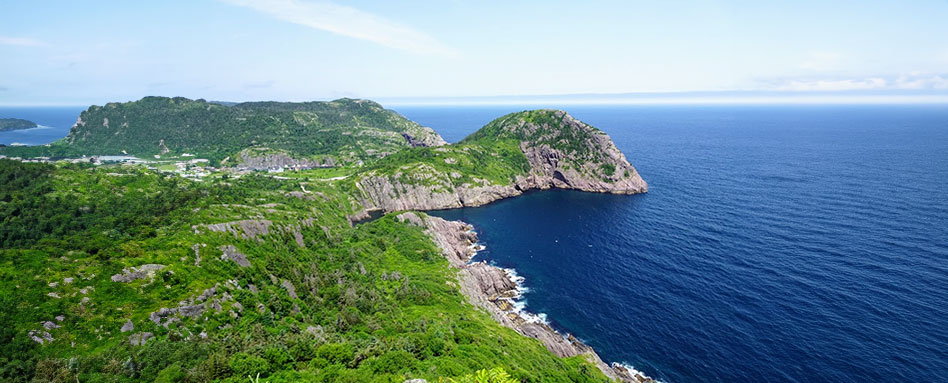
Rugged landscape on the East Coast Trail
The next day, it was back to hiking. The sun beamed as our hiking boots stepped, slid or scrammed over the trail. The path was well marked with numerous signposts showing the way. We constantly checked these against our maps. For me, the easiest way to navigate was simply by keeping the ocean on our right.
At the end of the hike, we drove back to the cabins. A quick change and it was a plunge into a cool lake. We swam for a few minutes, letting the chill water massage our tired muscles. I savoured the moment, flipping on to my back and letting my dreadlocks float in the water. There would be more hiking tomorrow.
Jacqueline L. Scott is a scholar, writer and activist on race and nature. She is a PhD candidate at the University of Toronto. Her thesis is called Black outdoors: The perception of the wilderness in the Canadian imagination. Follow her on her blog and on Instagram @Blackoutdoors1.



